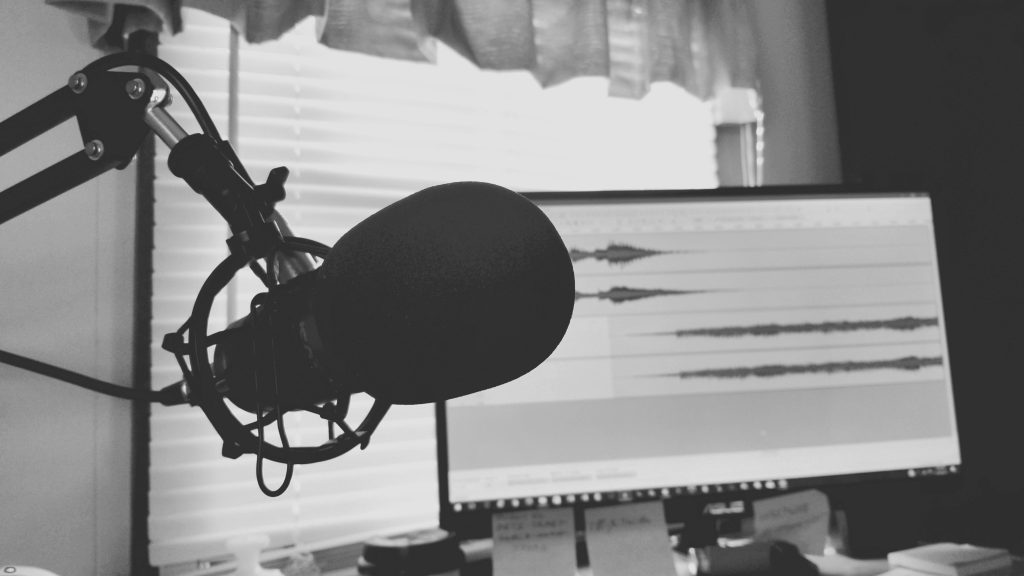Should you or should you not post your podcast on YouTube? It's a common question in the creator space and it's time we address it head-on. Trust me; this is a topic worth exploring, especially if you want to optimize your channel's growth and engage with your audience effectively.

Alright, let's get into it. As a rule, we generally don't think you should post your podcast on YouTube. Let's take a look at why!
The Common Misconceptions
The two most common ways people put their podcasts on YouTube are by either uploading just a stagnant photo and letting the audio play or posting the raw Zoom recordings with their guests. However, I'm here to tell you that these methods are not ideal, and I'll explain why in detail.
The Importance of Click-Through Rate (CTR) and Average View Duration (AVD)
To understand why it's essential to avoid these practices, let's talk about the two most critical YouTube stats: CTR and AVD. CTR represents how many people click on your video after seeing the thumbnail and title, while AVD shows how long viewers stay engaged with your content on average.
Why YouTube Is Not Ideal for Audio-Only Podcasts
YouTube is a visual platform, and people generally visit it to watch videos, not listen to podcasts. When someone clicks on a video and finds it's just audio, they will likely leave quickly. This creates a low AVD, which tells YouTube that your content isn't engaging and relevant, leading to fewer recommendations.
Quality Matters
People come to YouTube expecting a certain level of quality, and Zoom recordings simply don't match that expectation. Whether it's the audio or video quality, it's tough to compete with the polished content already available on the platform. This discrepancy negatively impacts your CTR and AVD.
Exceptions to the Rule
Of course, there are some exceptions to these guidelines. If you have an in-person podcast with high-quality visuals and engaging content, like the Joe Rogan podcast, YouTube can be a perfect fit. Additionally, if you don't care about growing your YouTube channel, you might upload your podcast episodes just for your existing podcast listeners.
How to Make YouTube Work for Your Podcast
If you still want to leverage YouTube to grow your podcast audience, there are better ways to do it. Consider recording video while you record your podcast, making eye contact with the camera if you're a solo podcaster. For remote interviews, ensure both you and your guest record higher-quality content, which you can later edit together to create an in-person feel.
Putting your audio-only podcast or raw Zoom recordings on YouTube won't yield the results you desire. It's crucial to understand the platform's dynamics and cater to the expectations of its audience. Instead, if you want to make YouTube work for your podcast, invest in creating high-quality video content that complements your audio. Remember, engaging content and visual appeal are the keys to success on YouTube.
So, before you hastily upload your next podcast episode, take some time to consider whether it aligns with YouTube's visual nature. With the right approach and content strategy, your podcast can thrive on YouTube and expand its reach beyond your expectations. Good luck, content creators!
+ show Comments
- Hide Comments
add a comment